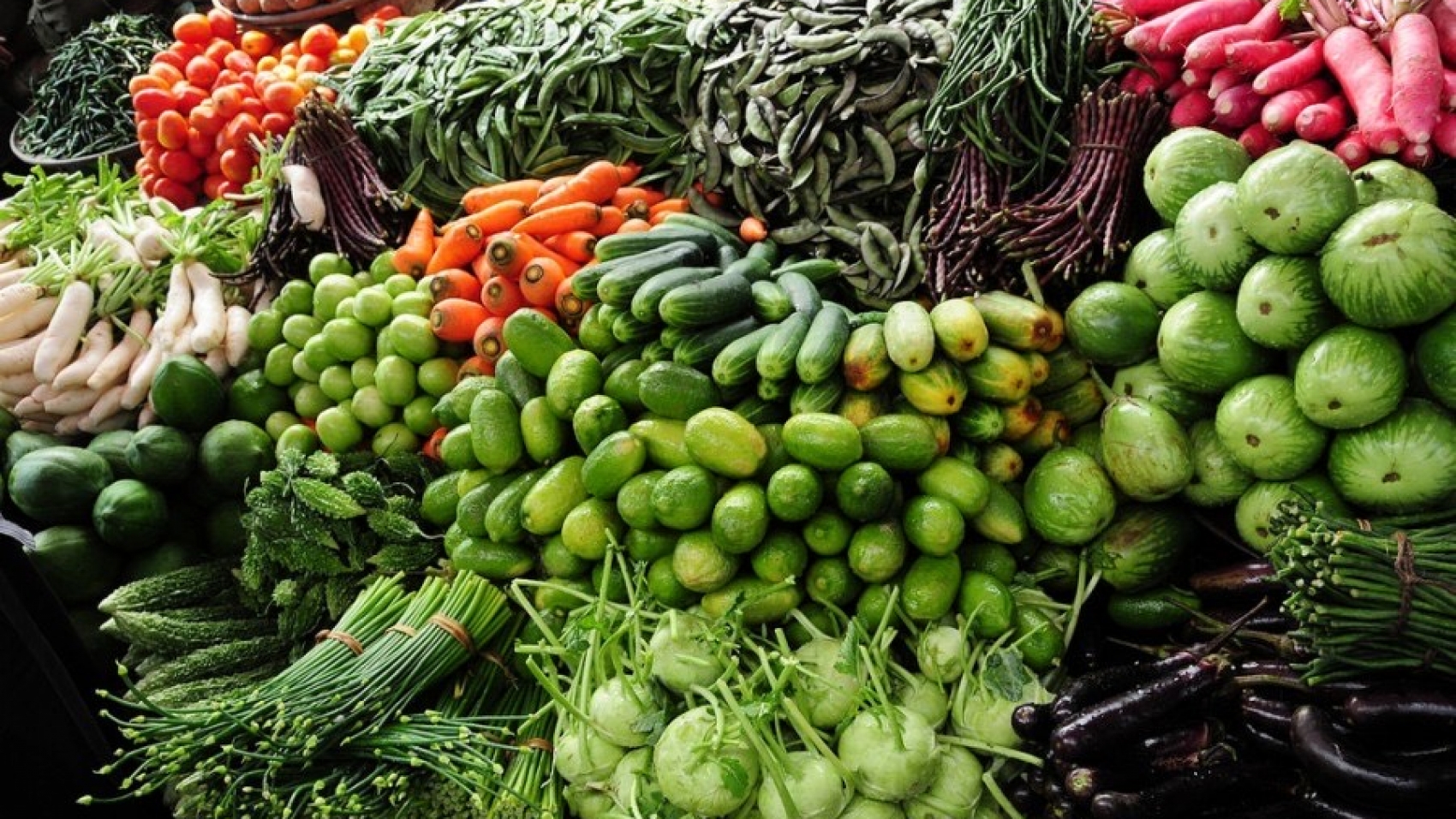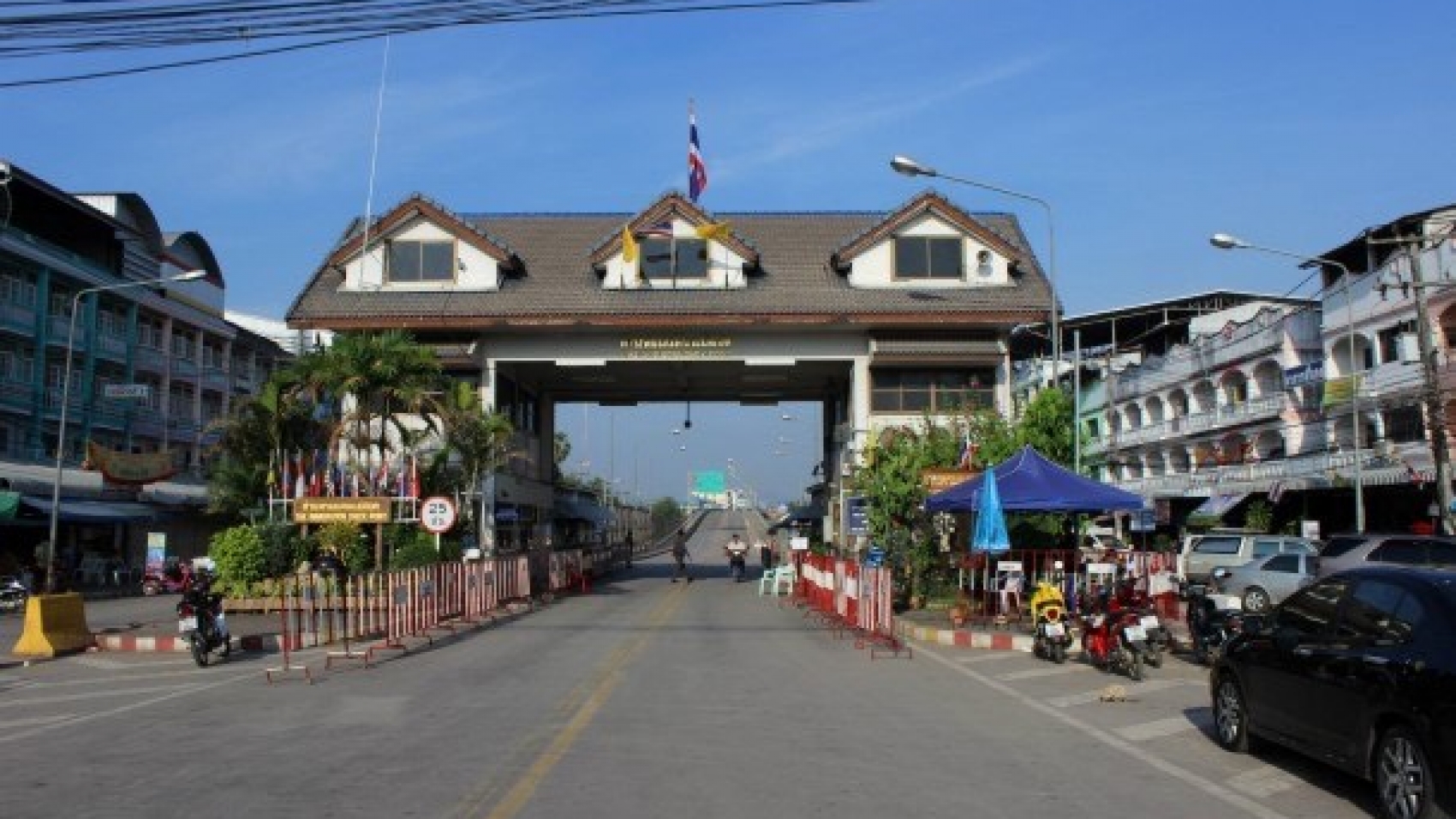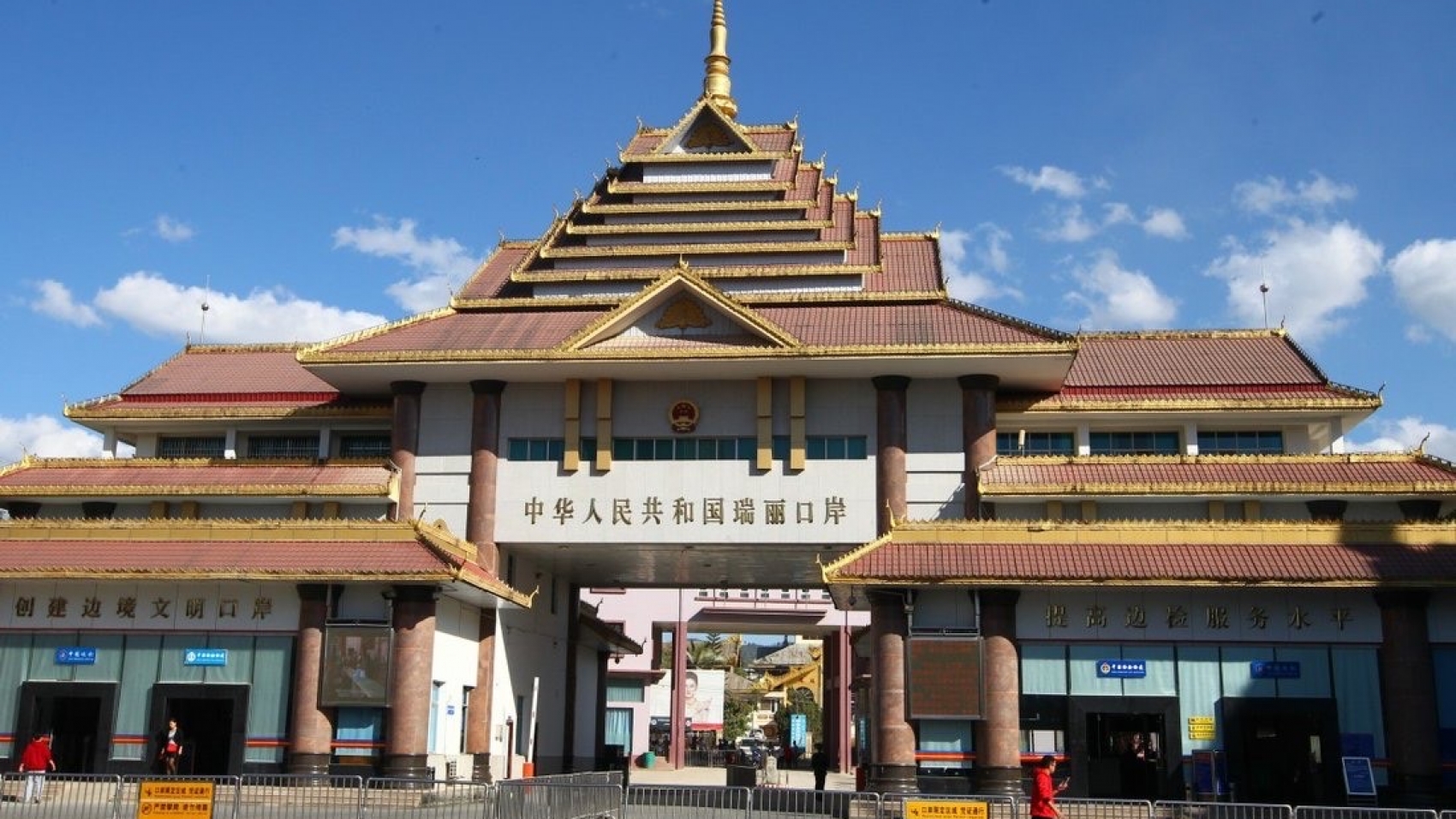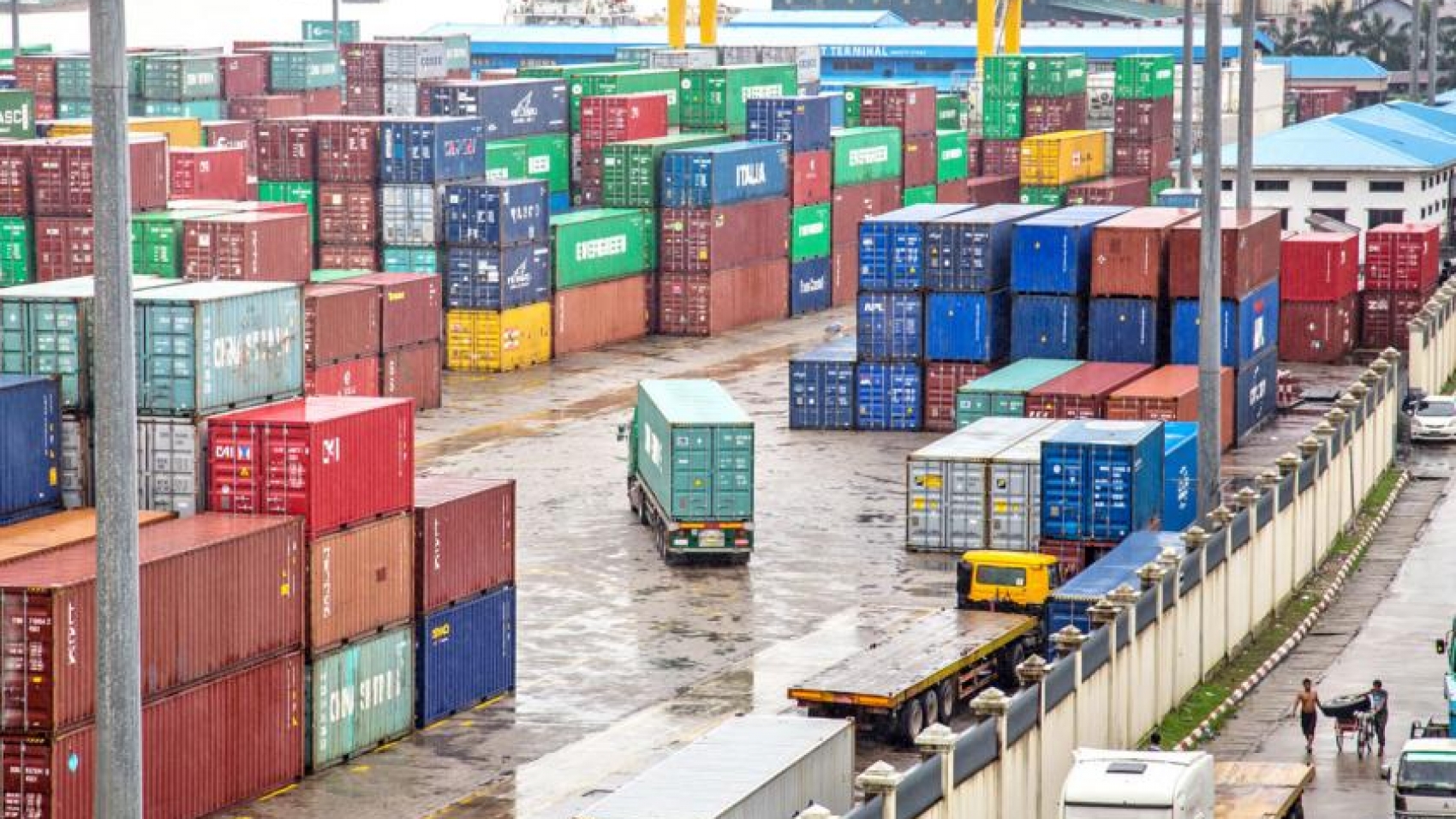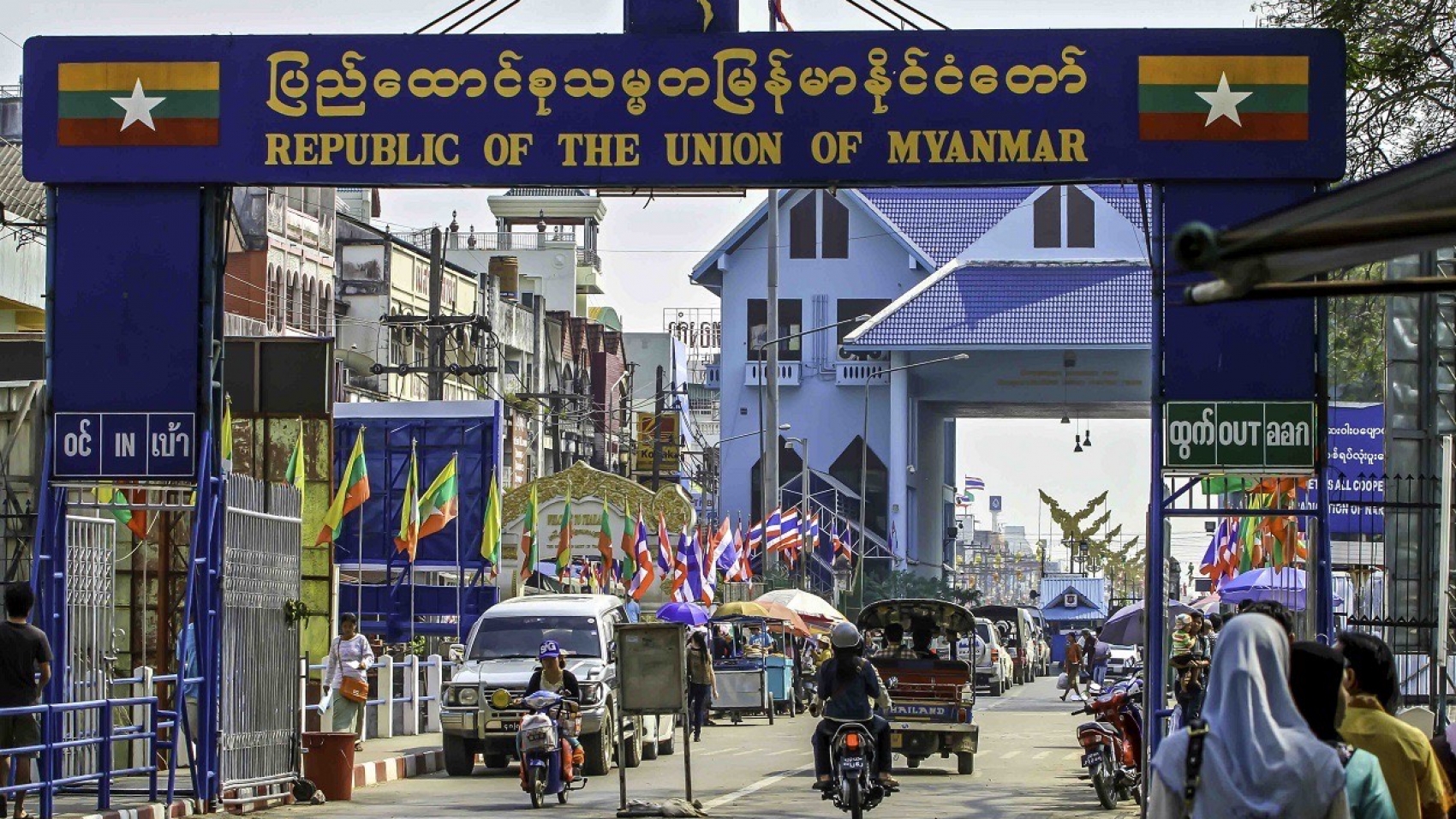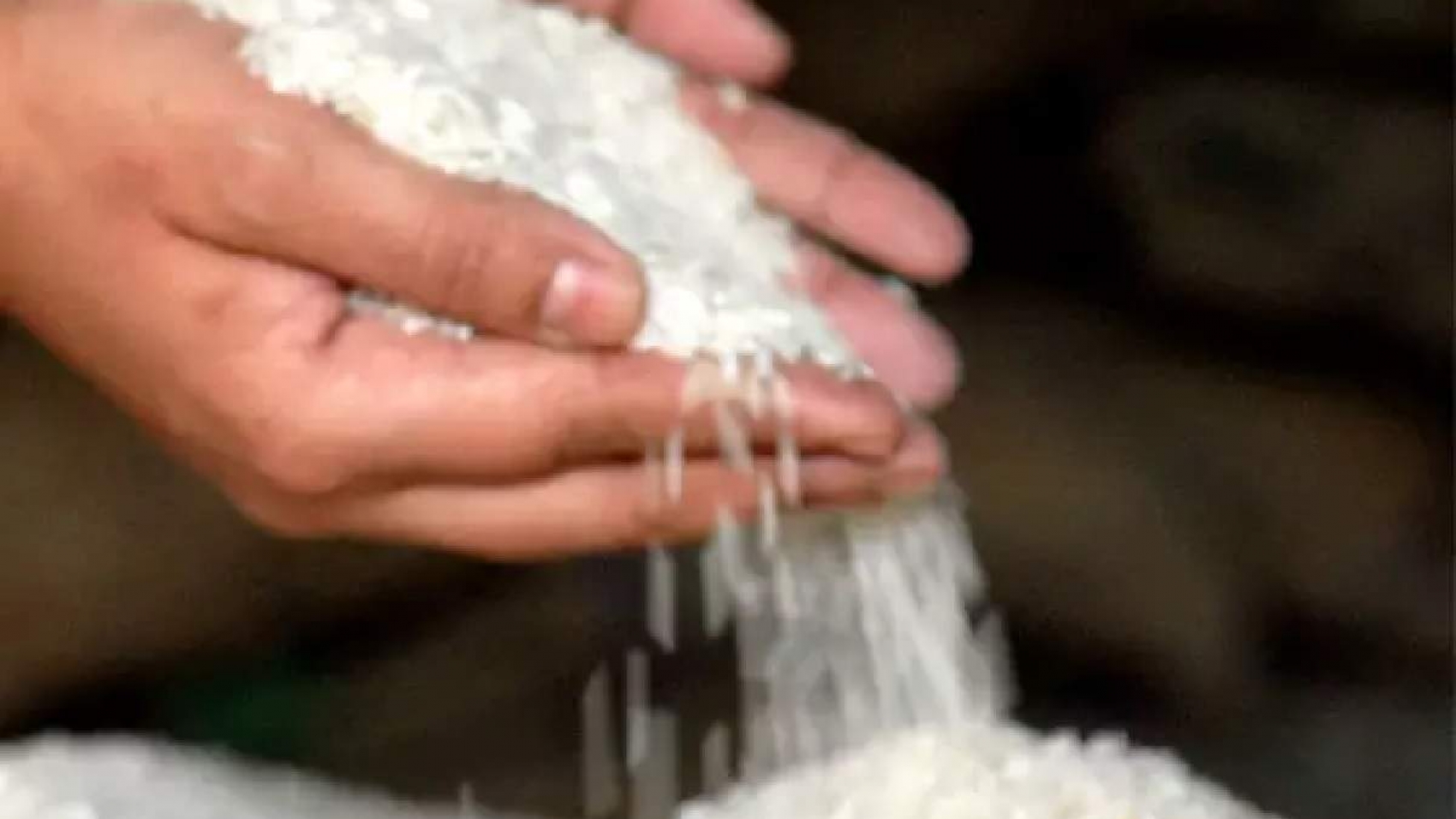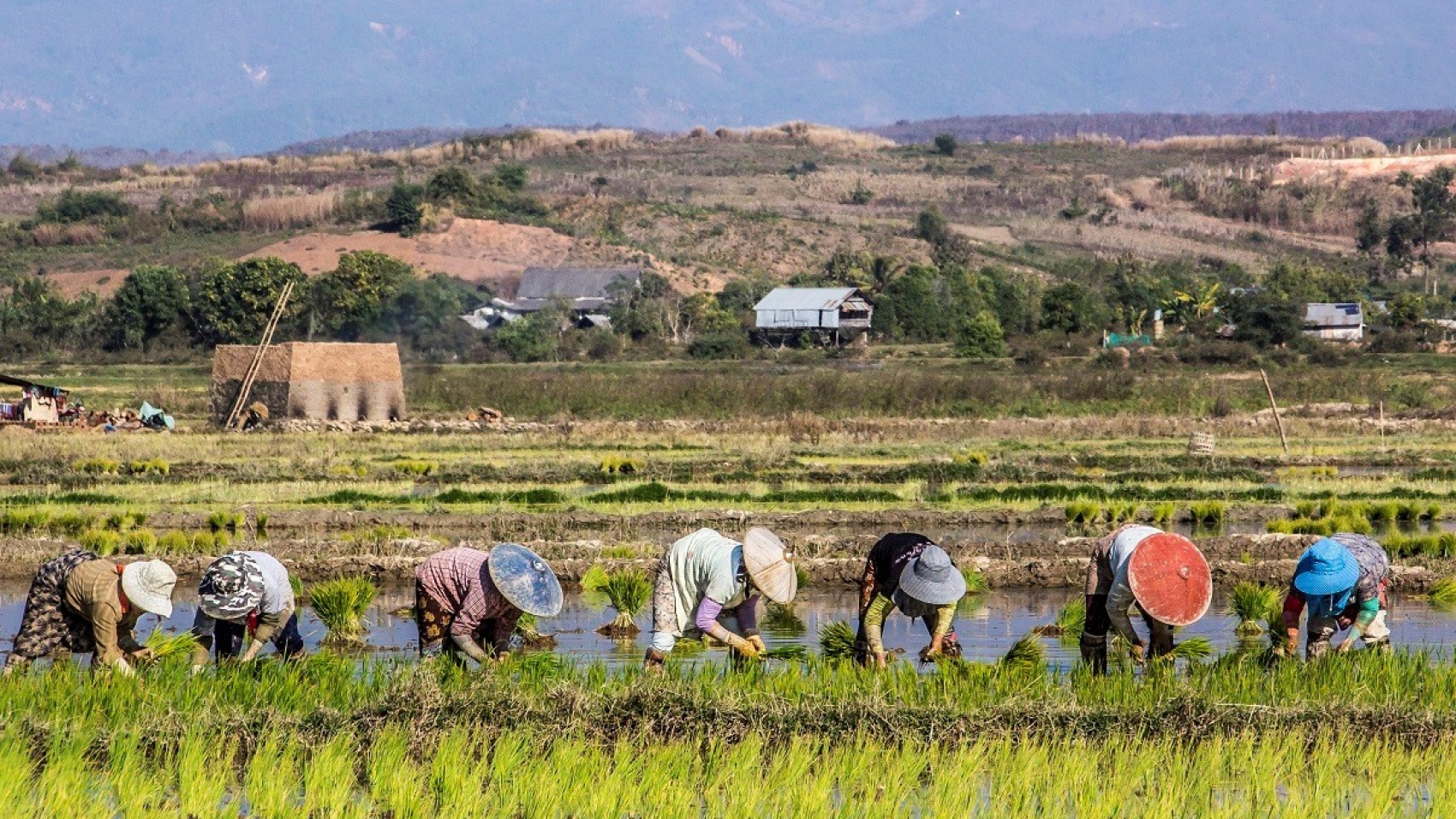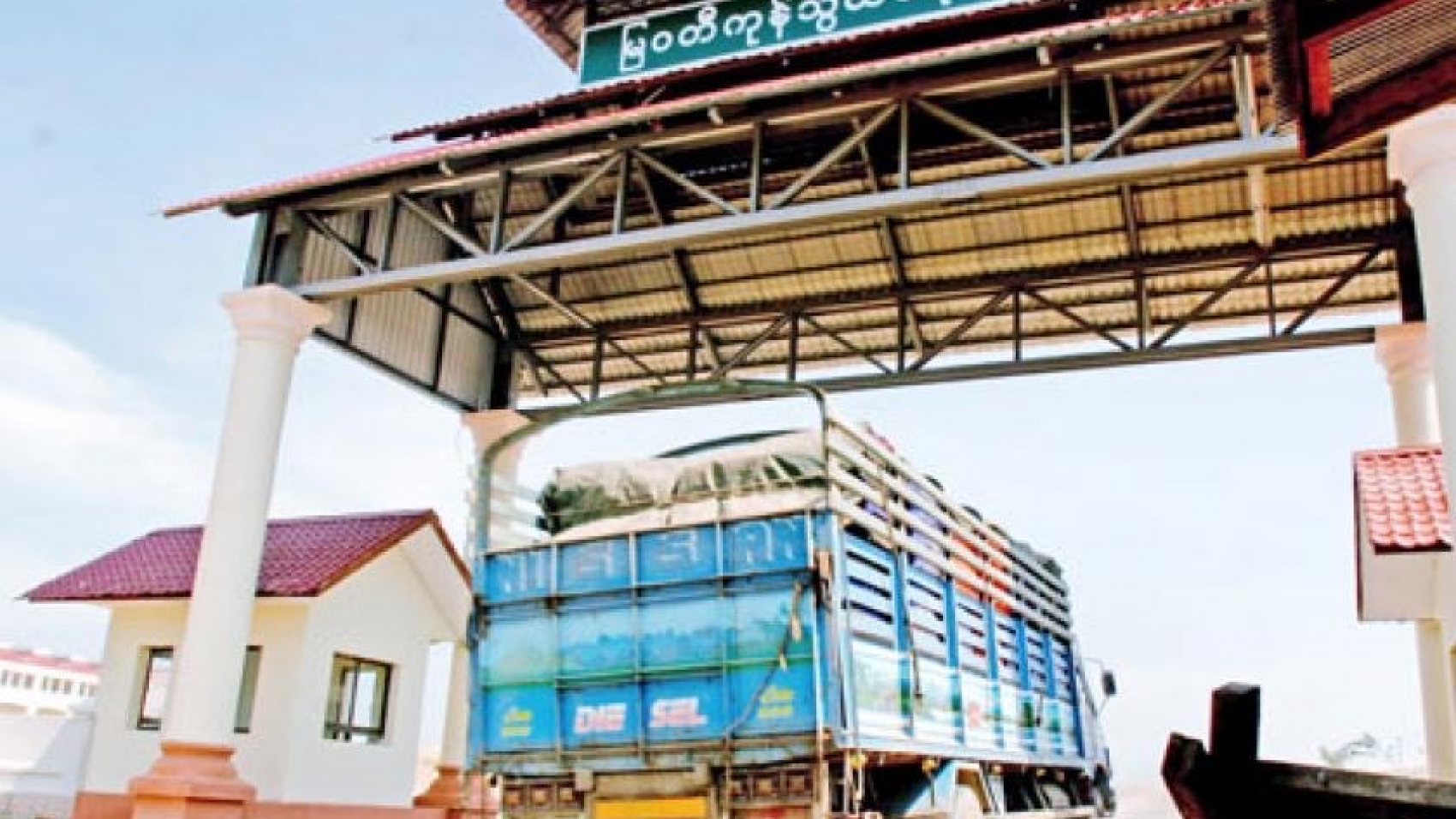The agricultural exports have topped US$2.95 billion as of 2 April 2021 in the current financial year since 1 October 2020. According to the Ministry of Commerce, the figures reflect a significant rise of $809.8 million this FY, according to the trade figures released by the Ministry of Commerce. The agro exports were registered $2.14 billion in the corresponding period of the 2019-2020 FY. The agricultural exports unexpectedly surge regardless of the coronavirus’s impact on foreign demand for other export groups and political changes. At present, some ocean liners suspended cargo transport from Myanmar in recent days. The cargo transport will double or triple if people conduct the trade with small ships. It could harm the export sector somehow, according to Myanmar Mercantile Marine Development Association.
However, Myanmar’s border trade with China is steadily conducted. Around 1,000 trucks are daily seen flowing in and out of the Muse, a central cross-border post between Myanmar and China, the traders said. Myanmar is daily shipping rice, broken rice, green grams, peanuts, various pulses and beans, onion, chilli, fishery products, consumer goods, watermelon and muskmelon to China with over 700 trucks. Meanwhile, building materials, electric appliances, medical devices, summer goods, and fertilizer are imported daily with 200 trucks. The closure of private banks forced the traders to turn to the operators running ‘hundi’, an informal money transfer system, in order to make transactions in the border trade.
In the exports sector, the agriculture industry performed the best, accounting for over 22 per cent of overall exports. The chief export items in the agricultural industry are rice and broken rice, pulses and beans and maize. Fruits and vegetables, sesame, dried tea leaves, sugar, and other agro products are also shipped to other countries. Myanmar agro products are primarily exported to China, Singapore, Malaysia, the Philippines, Bangladesh, India, Indonesia, and Sri Lanka. Sometimes, the export market remains uncertain due to unsteady global demand. The country requires specific export plans for each agro product. They are currently exported to external markets based upon supply and demand. Contract farming systems, regional and state agriculture departments, exporters, traders, and some grower groups must meet production targets, said an official from the Agriculture Department. The Commerce Ministry is working to help farmers deal with such challenges as high input costs, procurement of pedigree seeds, high cultivation costs, and unpredictable weather conditions.
Source: The Global New Light of Myanmar

